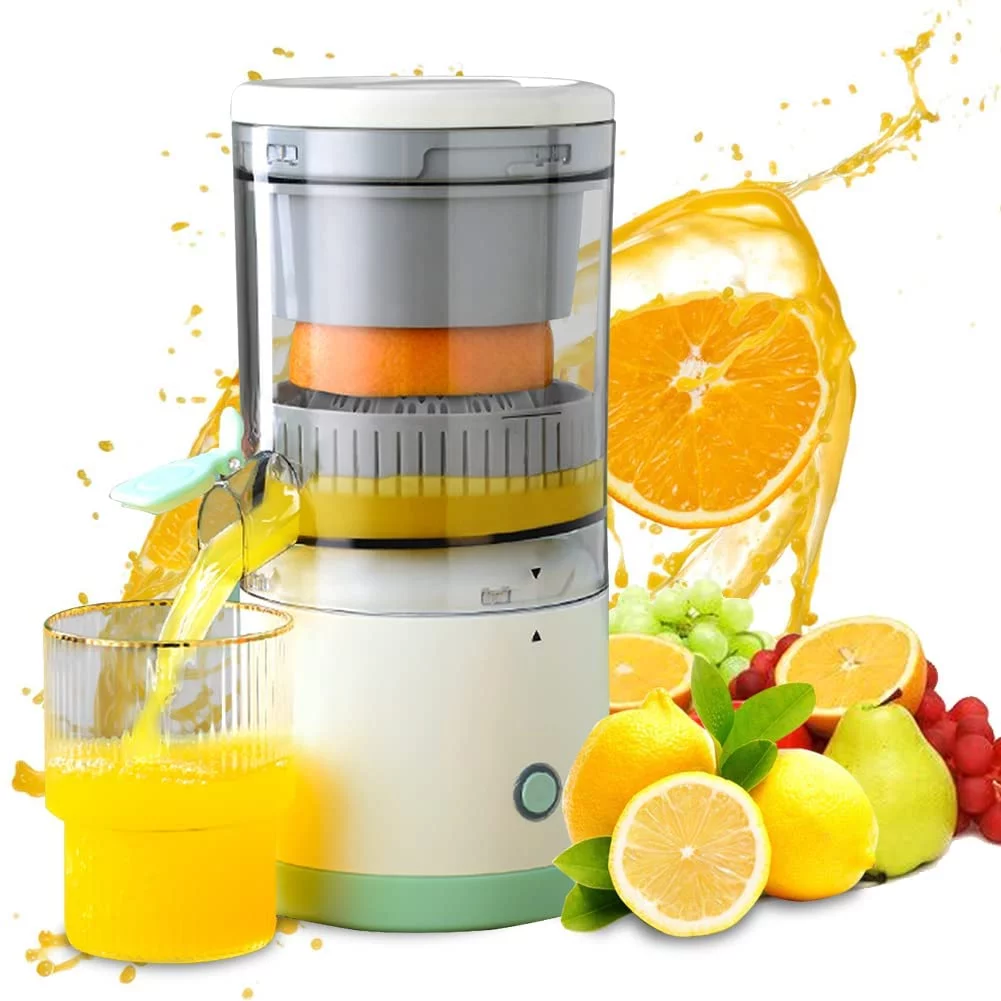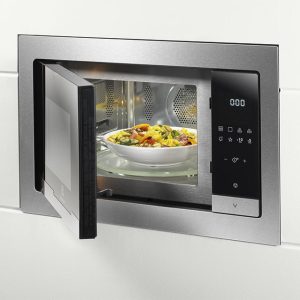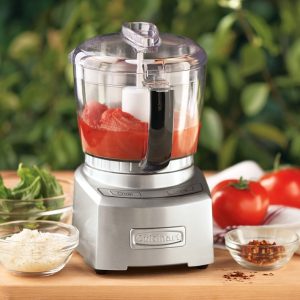
Juicing a lemon is a simple task that can significantly enhance the flavor of your beverages, dishes, and desserts. The process becomes even more convenient when you use an electric juicer. If you’ve ever wondered how to juice a lemon with an electric juicer, you’re in the right place. This guide will walk you through every detail, providing tips and tricks to ensure you get the maximum juice with minimum effort. From selecting the lemons to cleaning up afterward, each step will be covered comprehensively. Keep reading to make juicing lemons as efficient and effective as possible.
Choosing the Right Lemons
Selecting the right lemons is the first step in ensuring you get the best juice.
- Ripeness: Choose lemons that are fully ripe. They should be bright yellow without any green spots. Ripe lemons are juicier and yield a better flavor.
- Texture: Opt for lemons that are slightly soft to the touch. A firm yet slightly yielding texture indicates they are fresh and juicy.
- Size: Larger lemons typically contain more juice than smaller ones, although medium-sized lemons also work well.
- Organic Options: When possible, select organic lemons. They are free from pesticides and other chemicals, which is especially important since you might occasionally use the zest.
Choosing the right lemons ensures you get the most juice and the best flavor.
Preparing the Lemons
Proper preparation can make the juicing process smoother and help you extract the maximum amount of juice.
- Wash Thoroughly: Rinse the lemons under cold running water to remove any dirt or chemicals. If you’re using the zest, consider using a mild brush to clean the surface thoroughly.
- Room Temperature: Allow the lemons to reach room temperature if they’ve been stored in the refrigerator. Room temperature lemons are easier to juice.
- Rolling: Before cutting, roll the lemons on the counter under your palm. Applying gentle pressure helps to break down some of the internal membranes, making it easier to extract the juice.
- Halving: Use a sharp knife to cut the lemons in half. Cutting them crosswise (rather than lengthwise) exposes more of the juicy segments, aiding in more efficient juicing.
Preparing the lemons properly can ease the juicing process and increase the yield of juice.
Setting Up the Electric Juicer
Setting up your electric juicer correctly is crucial for efficient operation and maximizing the juice yield.
- Read the Manual: Each electric juicer may operate slightly differently. Reading the user manual provides specific instructions for your model.
- Assembly: Assemble the juicer according to the manufacturer’s instructions. Ensure all parts fit securely to avoid any operational issues.
- Positioning: Place the juicer on a stable, flat surface near an electrical outlet. Make sure there’s enough space around it for comfortable use.
- Container Placement: Position a container or glass under the spout to catch the juice as it flows out.
Juicing Process
Juicing lemons with an electric juicer involves a few straightforward steps.
- Power On: Plug in the juicer and turn it on, ensuring it’s set to the appropriate setting for citrus fruits if there are multiple options.
- Place the Lemon Half: Gently press one lemon half onto the reamer (the ridged cone in the middle of the juicer).
- Press Gently: Apply steady, gentle pressure. The machine will automatically rotate the reamer, extracting the juice from the lemon.
- Alternate Halves: Once the juice stops flowing, remove the lemon half and replace it with another. Alternate between halves to prevent the reamer from getting clogged with pulp.
- Collect the Juice: Continue this process for as many lemons as you need to juice. Make sure to keep an eye on the collection container to avoid overflow.
Following these steps allows you to juice lemons efficiently and effectively.
Maximizing Juice Extraction
Specific techniques can help you extract the maximum amount of juice from each lemon.
- Reversing Cycle: Some juicers have a reverse function that can help extract more juice from the fruit. Use this feature if available.
- Reaming Again: After the initial juicing, ream each lemon half again by applying a bit more pressure. This can help extract the remaining juice.
- Pulp Scraping: If your juicer accumulates pulp around the reamer, occasionally scraping it off and rejuicing can increase the juice yield.
- Warm Lemons: Slightly warming the lemons (e.g., microwaving for 10-15 seconds) can break down the membranes and make juicing easier.
Maximizing juice extraction ensures you get the most out of each lemon.
Flavor Enhancements
Enhancing the flavor of your lemon juice can make it more enjoyable whether you’re drinking it straight or using it in recipes.
- Sweeteners: Add a bit of honey, sugar, or agave syrup if you prefer a sweeter lemon juice.
- Herbs and Spices: Infuse your lemon juice with herbs like mint or basil, or spices like ginger, for a unique twist.
- Combined Juices: Mix lemon juice with other fruit juices like orange or lime for a refreshing blend.
- Zest: Adding a bit of lemon zest can intensify the citrus flavor in your juice or culinary creations.
Flavor enhancements allow you to customize your lemon juice for various uses.
Uses for Fresh Lemon Juice
Freshly squeezed lemon juice has a plethora of uses beyond just drinking it straight.
- Cooking and Baking: Use it in marinades, salad dressings, sauces, and baked goods for a zesty kick.
- Beverages: Lemon juice enhances teas, lemonades, cocktails, and even plain water.
- Health Remedies: Lemon juice is beneficial for digestive health and can be used in detox drinks or remedies for sore throats.
- Cleaning: Natural cleaning solutions often incorporate lemon juice due to its acidity and pleasant scent.
Exploring various uses ensures you make the most out of your freshly squeezed lemon juice.
Storing Leftover Lemon Juice
If you have more lemon juice than you immediately need, proper storage is essential to maintain its freshness and flavor.
- Refrigeration: Store the juice in an airtight container in the refrigerator. It will stay fresh for up to one week.
- Freezing: For long-term storage, pour the juice into ice cube trays and freeze. Once frozen, transfer the cubes to a freezer bag. They can be used as needed and last for several months.
- Avoiding Oxidation: To prevent the juice from oxidizing and losing its flavor, ensure minimal air exposure by filling the storage containers completely.
Proper storage techniques keep your lemon juice fresh and flavorful for future use.
 Cleaning the Electric Juicer
Cleaning the Electric Juicer
Cleaning your electric juicer immediately after use ensures it stays in good working condition and is ready for the next juicing session.
- Disassembling: Unplug the juicer and disassemble all removable parts. Follow the manufacturer’s instructions for this step.
- Rinsing: Rinse each part under running water to remove residual juice and pulp.
- Soaking: If any pulp has dried and is stuck, soak the parts in warm soapy water for a few minutes.
- Scrubbing: Use a small brush to scrub away any remaining pulp or residue. Pay special attention to the reamer and filter components where pulp tends to accumulate.
- Drying: Allow all parts to dry completely before reassembling. This prevents mold and mildew growth.
- Wiping the Base: Wipe the base unit with a damp cloth. Avoid submerging it in water as it contains electrical components.
Regular and thorough cleaning ensures the longevity and efficient performance of your electric juicer.
Troubleshooting Common Issues
Understanding how to troubleshoot common issues with your electric juicer can save time and frustration.
- Juicer Not Starting: Ensure it’s plugged in and the outlet is functioning. Check that all parts are assembled correctly, as some juicers have safety features that prevent operation if not properly assembled.
- Low Juice Yield: Make sure the lemons are fresh and ripe. Confirm the juicer’s settings are appropriate for citrus fruits, and try reaming the lemons a second time.
- Clogging: If the juicer clogs frequently, try juicing at a slower pace and periodically scraping off accumulated pulp.
- Leaking: Check for any cracks in the collection container or seals that may be causing leaks. Ensure all parts are fitted correctly and securely.
Troubleshooting these issues can help maintain smooth and efficient operation of your juicer.
Health Benefits of Lemon Juice
Lemon juice is not only flavorful but also packed with health benefits that make it a valuable addition to your diet.
- Vitamin C: Lemons are rich in Vitamin C, which boosts the immune system and promotes skin health.
- Digestion: Lemon juice helps improve digestion and can relieve symptoms of bloating and indigestion.
- Hydration: Adding lemon juice to water can make it more palatable, encouraging better hydration.
- Antioxidants: The antioxidants in lemon juice combat free radicals, reducing the risk of chronic diseases.
- Weight Management: Lemon juice can aid in weight management by promoting a feeling of fullness and speeding up metabolism.
Knowing these health benefits can motivate you to incorporate lemon juice into your daily routine.
Conclusion
Learning how to juice a lemon with an electric juicer can significantly simplify and enhance the task of extracting fresh lemon juice. From choosing and preparing the lemons, to setting up the juicer and maximizing juice extraction, each step is designed to make the process efficient and enjoyable. Enhancing flavors and exploring various uses for the juice can expand its utility in your kitchen. Proper storage and cleaning ensure your juicer remains in top condition, ready for use whenever needed. With these comprehensive guidelines, you can easily make the most of fresh lemon juice’s refreshing taste and numerous health benefits. Happy juicing!







